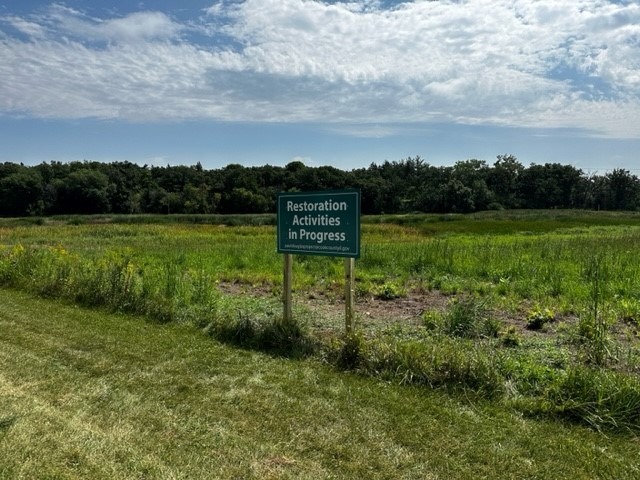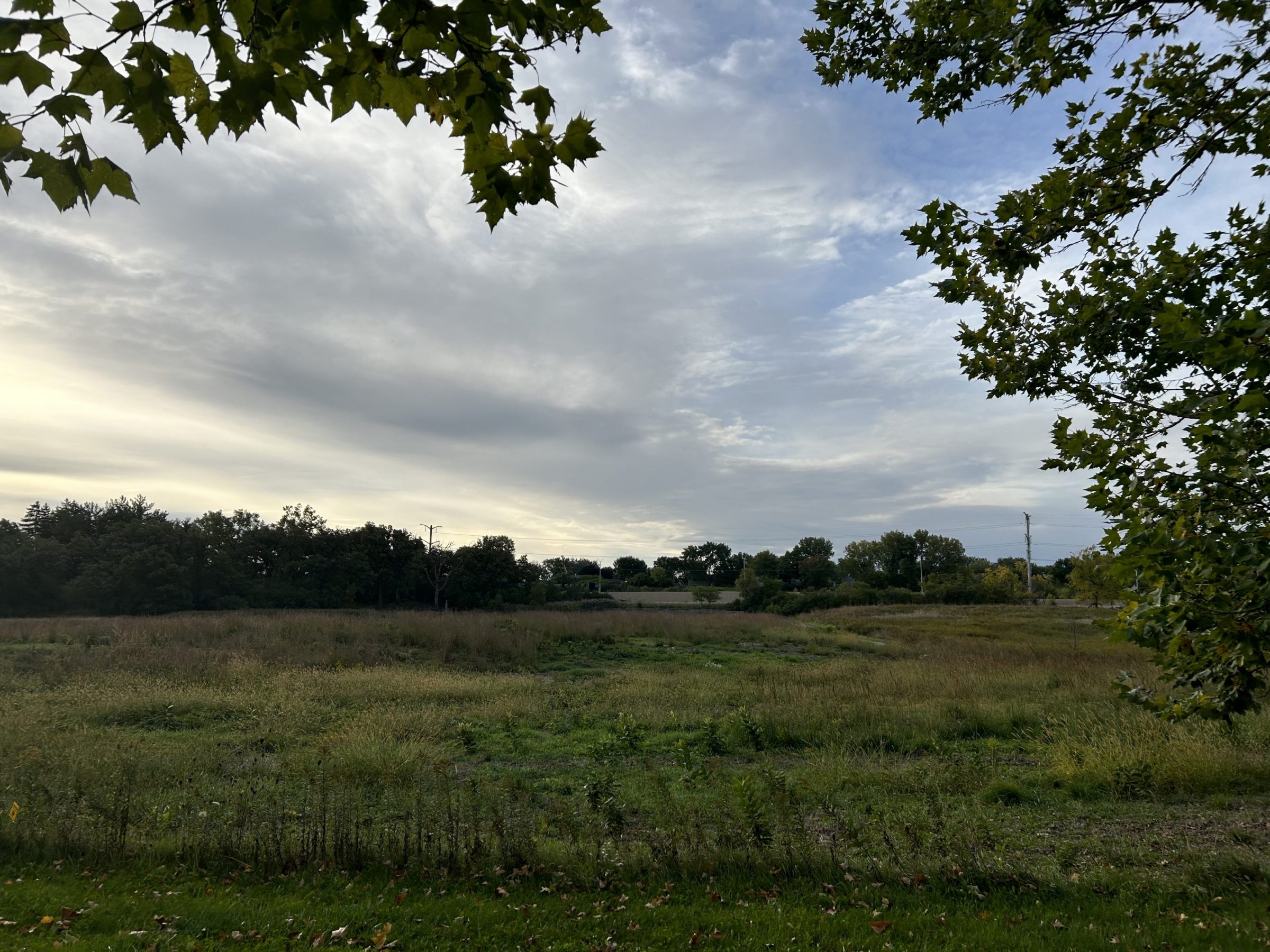Winnetka Permittee Responsible Mitigation
CONTACT

Nick Zaluzec
Client Solutions Manager


PROJECT SNAPSHOT
Project Type
PRMLocation
Illinois | WinnetkaSolution
Wetland and Stream MitigationCredit Types
- Wetland
Species
- Bobolink
- Henslow’s Sparrow
- Osprey
- Wood Thrush
Ecological Setting
WetlandsThe Village of Winnetka, Illinois, turned to RES to deliver compensatory wetland mitigation following the impacts of the 10.4-acre Hibbard Road stormwater retention project. RES developed and implemented a comprehensive Permittee-Responsible Mitigation (PRM) strategy at the Paul Douglas site, which is an ecologically significant area within the Forest Preserve District of Cook County (FPDCC).
Dual-public benefits
This project exemplifies the power of strategic mitigation to generate multiple public goods. While stormwater retention capacity was improved in Winnetka, high-quality wetlands were enhanced elsewhere, creating a dynamic win-win for both infrastructure and environment.
Biodiversity boost
Birders and ecologists have already documented the presence of species such as Henslow’s Sparrow, Bobolink, Wood Thrush, and Osprey. With the site’s continued ecological uplift, additional threatened species such as the Blanding’s turtle and Northern harrier are likely to find new habitat here.
Trail connectivity and recreation
Situated within a busy trail network and within biking distance of key recreational landmarks like Busse Woods, Crabtree Trail and Nature Center, and Deer Grove, the restored site offers an enriched experience for hikers, cyclists, and birdwatchers.
Public engagement
Interpretive signage placed on-site raises awareness about the value of wetland restoration and connects visitors with FPDCC resources, enhancing community understanding of landscape-scale restoration.
A model for scalable solutions
This collaboration not only satisfied regulatory requirements but also restored a thriving wetland ecosystem that supports community recreation and biodiversity across 186.3 acres. The Winnetka PRM project demonstrates how partnerships, strategic site selection, and thoughtful ecological design can transform compensatory mitigation into a catalyst for regional conservation, recreation, and resilience.
